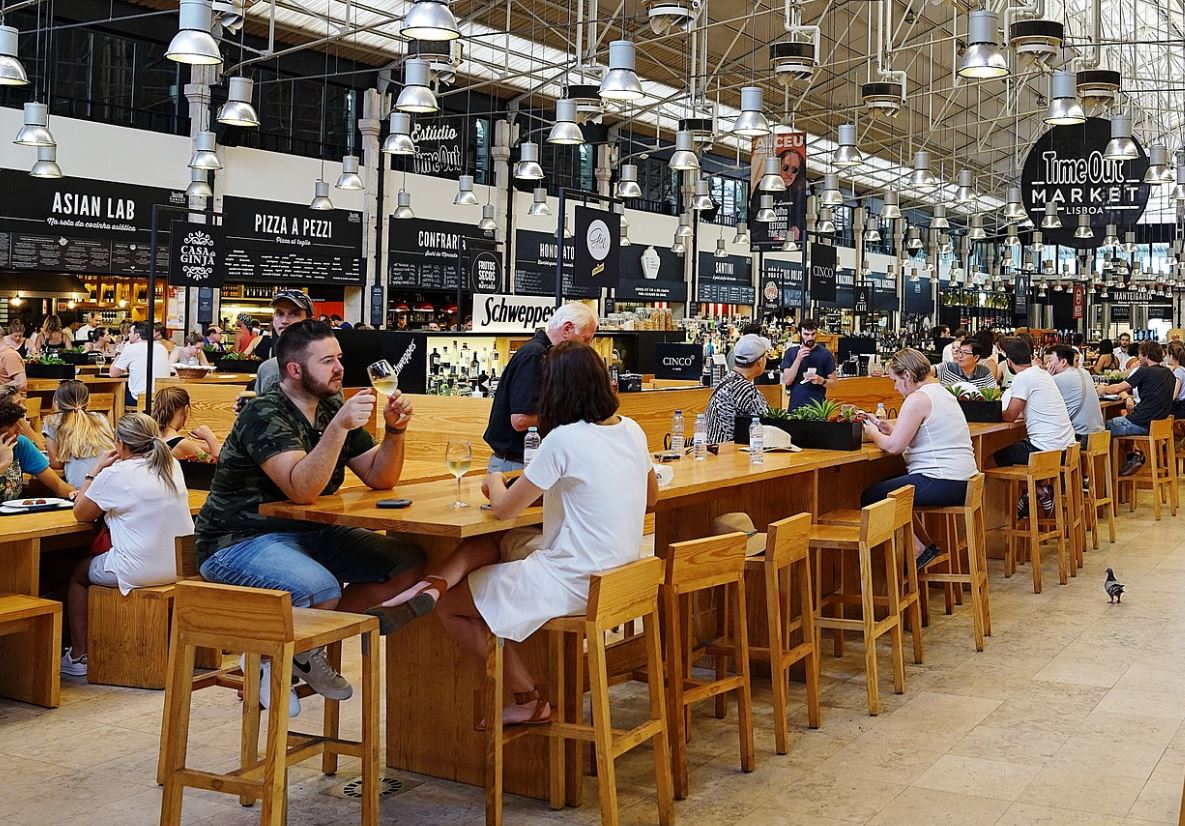
Noise can make or break a dining experience, according to a laboratory study replicating common noise levels in restaurants.
The acoustic experts say the study proves that high noise levels can play a major part in a dining experience – along with the quality of the food and restaurant service.
“Our study not only shows that relaxing music at low noise levels increases food enjoyment but indicates that even ‘normal’ background noise levels in restaurants can be unpleasant to diners,” says lead author, Flinders University PhD candidate Mahmoud Alamir.
“We do not always recognise the cumulative effect of noise to our stress or annoyance levels, but we see how every one of us has sensitivity to noise in different ways.”
The study considered factors such as age, gender and noise sensitivity to background noise.
Accordingly, noise-sensitive people, as well as older people and females, reported lower enjoyment of food when there is elevated background noise.

Flinders University acoustic engineer and study co-author Dr Kristy Hansen says the results highlight the importance of noise management strategies in restaurants to provide better dining experiences.
“This could include more practical acoustic design of dining areas to suit different groups of people,” she says.
“Quiet dining areas should be considered for older and noise-sensitive people.”
The international research group plans to release more information and guidelines on ‘healthy’ noise levels.
The effect of type and level of background noise on food liking: A laboratory non-focused listening test (2020) by MA Alamir and KL Hansen has been published in Applied Acoustics (Elsevier) DOI: 10.1016/j.apacoust.2020.107600
Also see, The effect of age, gender and noise sensitivity on the liking of food in the presence of background noise (2020) by MA Alamir, A AlHares, KL Hansen, A Elamer in Food Quality and Preference (Elsevier) DOI: 10.1016/j.foodqual.2020.103950.

